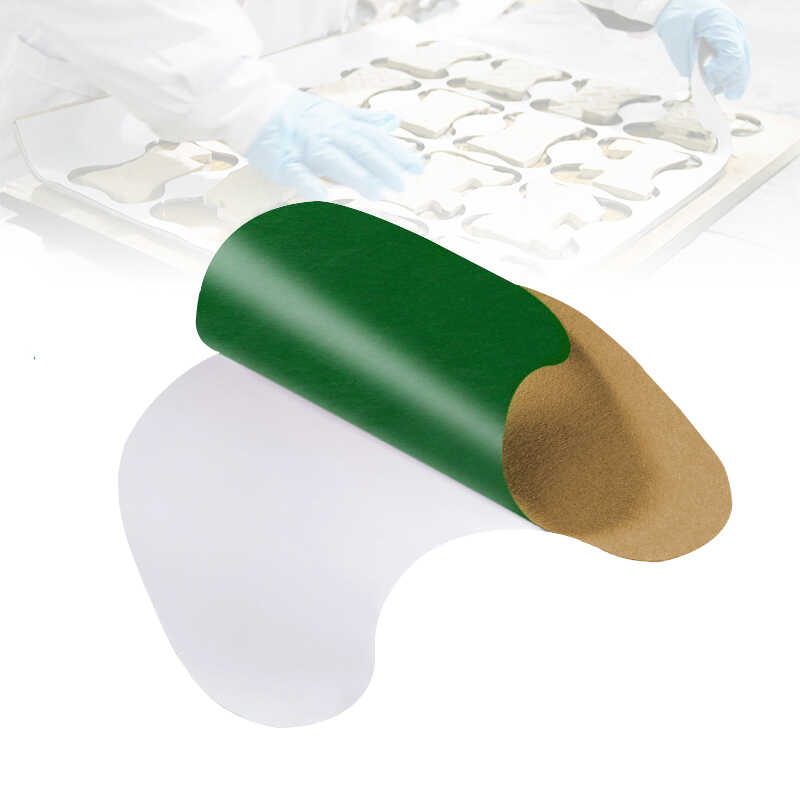What Are the Key Ingredients in Knee Pain Relief Patches?
Knee pain relief patches have become a popular choice for those seeking localized pain management. These patches are convenient, easy to use, and provide targeted relief. The effectiveness of knee pain relief patches largely depends on their ingredients. This article explores the key ingredients commonly found in these patches and discusses their roles in pain relief. Additionally, we will address some frequently asked questions to provide a comprehensive understanding of this topic.

Understanding Knee Pain Relief Patches
What Are Knee Pain Relief Patches?
Knee pain relief patches are adhesive patches applied directly to the skin over the affected area. They deliver active ingredients through the skin to provide localized pain relief. These patches are designed to be convenient and easy to use, making them a popular choice for those suffering from knee pain.
The Role of Ingredients
The effectiveness of knee pain relief patches depends on their ingredients. These ingredients can vary widely, but they typically fall into a few categories: analgesics, anti-inflammatories, natural extracts, and transdermal enhancers.
Key Ingredients in Knee Pain Relief Patches
1. Analgesics
Analgesics are pain-relieving substances that can help reduce the perception of pain.
Menthol: Menthol provides a cooling sensation that can help distract from pain and reduce discomfort. It is a common ingredient in many knee pain relief patches.
Lidocaine: Lidocaine is a local anesthetic that numbs the area where the patch is applied. It is effective in reducing pain by blocking nerve signals in the affected area.
2. Anti-Inflammatories
Anti-inflammatories help reduce inflammation, which is often a significant source of pain.
Diclofenac: Diclofenac is a nonsteroidal anti-inflammatory drug (NSAID) that reduces inflammation and pain. It is frequently used in topical pain relief patches.
Ibuprofen: Another NSAID, ibuprofen, is effective in reducing both pain and inflammation. It is commonly used in various topical formulations.
3. Natural Extracts
Natural extracts are often included for their anti-inflammatory and analgesic properties.
Capsaicin: Capsaicin is derived from chili peppers and provides a warming sensation that can help reduce pain. It works by depleting substance P, a neurotransmitter involved in pain transmission.
Arnica: Arnica is a natural extract known for its anti-inflammatory properties. It is often used in patches to help reduce swelling and pain.
4. Transdermal Enhancers
Transdermal enhancers are substances that help the active ingredients penetrate the skin more effectively.
DMSO (Dimethyl Sulfoxide): DMSO is a powerful transdermal carrier that enhances the absorption of active ingredients. It also has its own anti-inflammatory properties.
Ethanol: Ethanol is commonly used in patches to improve the permeability of the skin, allowing active ingredients to be absorbed more effectively.
Benefits of Custom Knee Pain Relief Patches
Tailored Formulations
Customization: Custom knee pain relief patches allow for tailored formulations to meet specific needs. Knee Pain Relief Patches OEM and private label suppliers can work with companies to develop unique products that target particular pain issues.
Targeted Ingredients: By customizing the ingredients, manufacturers can create patches that provide specific benefits, such as enhanced pain relief or reduced inflammation.
Quality and Innovation
Advanced Technology: Leading Knee Pain Relief Patches manufacturers and OEM partners invest in advanced technology to ensure high-quality products. This includes research and development to discover new, effective ingredients.
Consistency: Quality control measures ensure that each patch contains the correct dosage of active ingredients, providing consistent and reliable pain relief.
Questions Related to Key Ingredients in Knee Pain Relief Patches
1. What are the most effective ingredients in knee pain relief patches?
The most effective ingredients typically include analgesics like menthol and lidocaine, anti-inflammatories like diclofenac and ibuprofen, and natural extracts like capsaicin and arnica.
2. How do natural extracts in knee pain relief patches work?
Natural extracts like capsaicin and arnica work by providing anti-inflammatory and analgesic effects. Capsaicin depletes substance P, reducing pain transmission, while arnica helps reduce swelling and pain.
3. Why are transdermal enhancers important in knee pain relief patches?
Transdermal enhancers are important because they help active ingredients penetrate the skin more effectively, ensuring that the ingredients reach the target area and provide the intended pain relief.
4. Can custom knee pain relief patches be more effective than standard patches?
Custom knee pain relief patches can be more effective because they can be tailored to include specific ingredients that address particular pain issues, providing more targeted and efficient relief.
5. What should one look for in a Knee Pain Relief Patches manufacturer or OEM?
When choosing a Knee Pain Relief Patches manufacturer or OEM, look for companies with a proven track record, advanced manufacturing capabilities, a strong focus on research and development, and the ability to provide customization and ensure regulatory compliance.
In conclusion, the key ingredients in knee pain relief patches play a crucial role in their effectiveness. By understanding the roles of analgesics, anti-inflammatories, natural extracts, and transdermal enhancers, consumers can make informed choices about which patches to use. Additionally, companies looking to develop custom knee pain relief patches can benefit from partnering with reputable OEMs and manufacturers to create high-quality, effective products tailored to meet specific needs.






